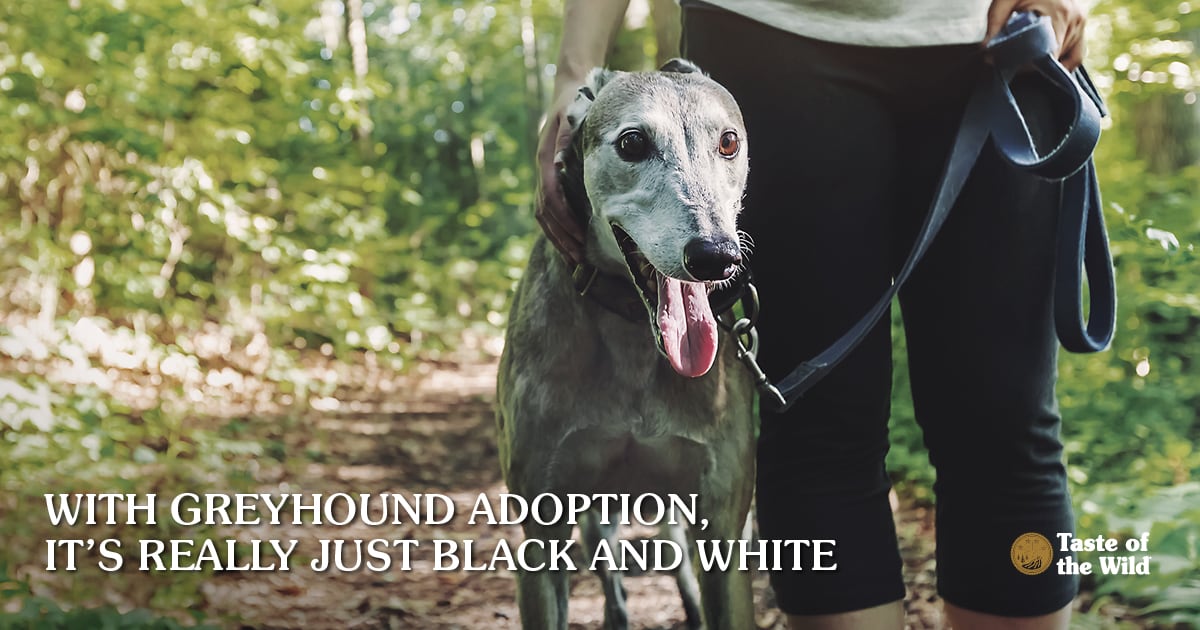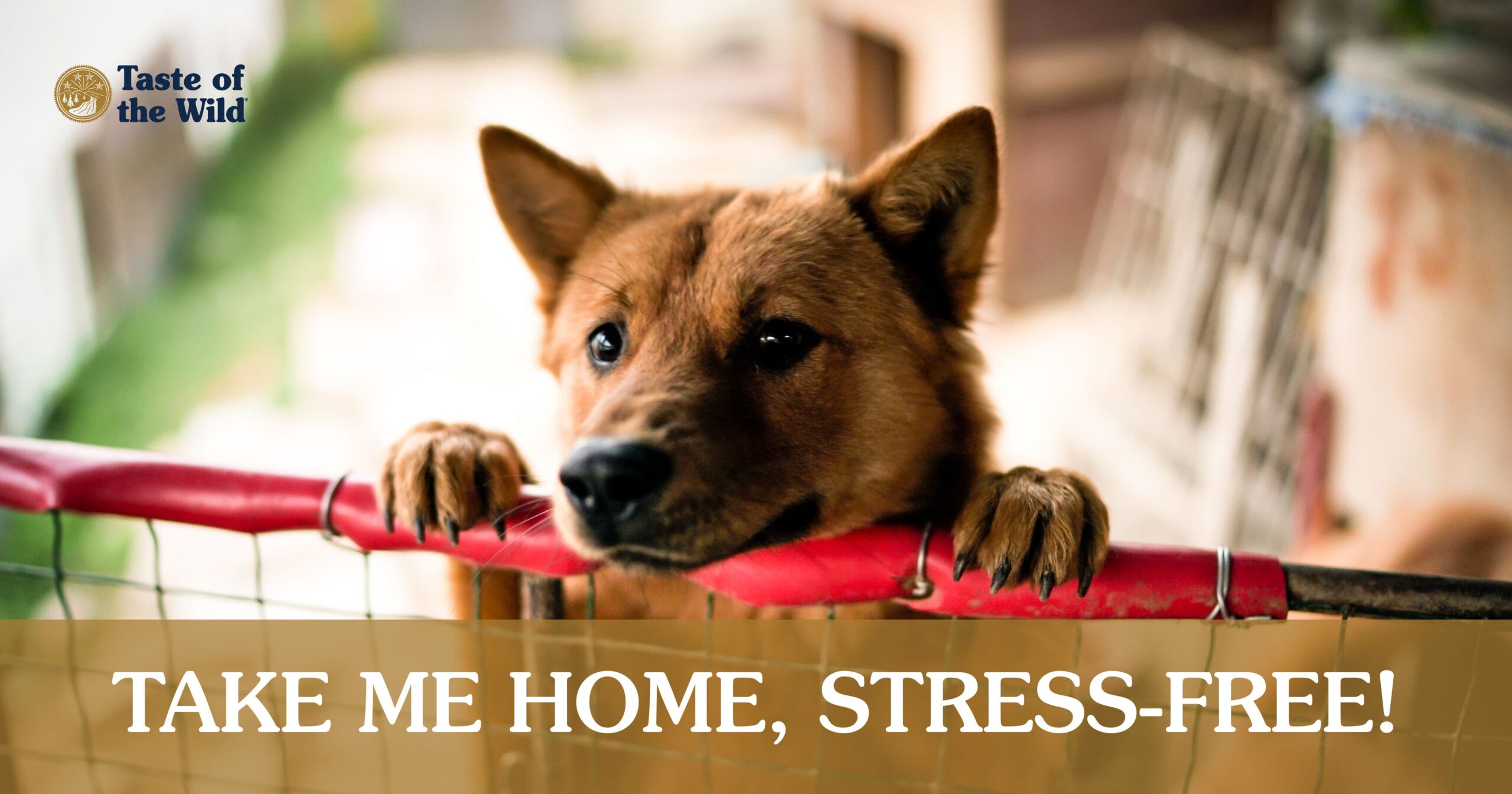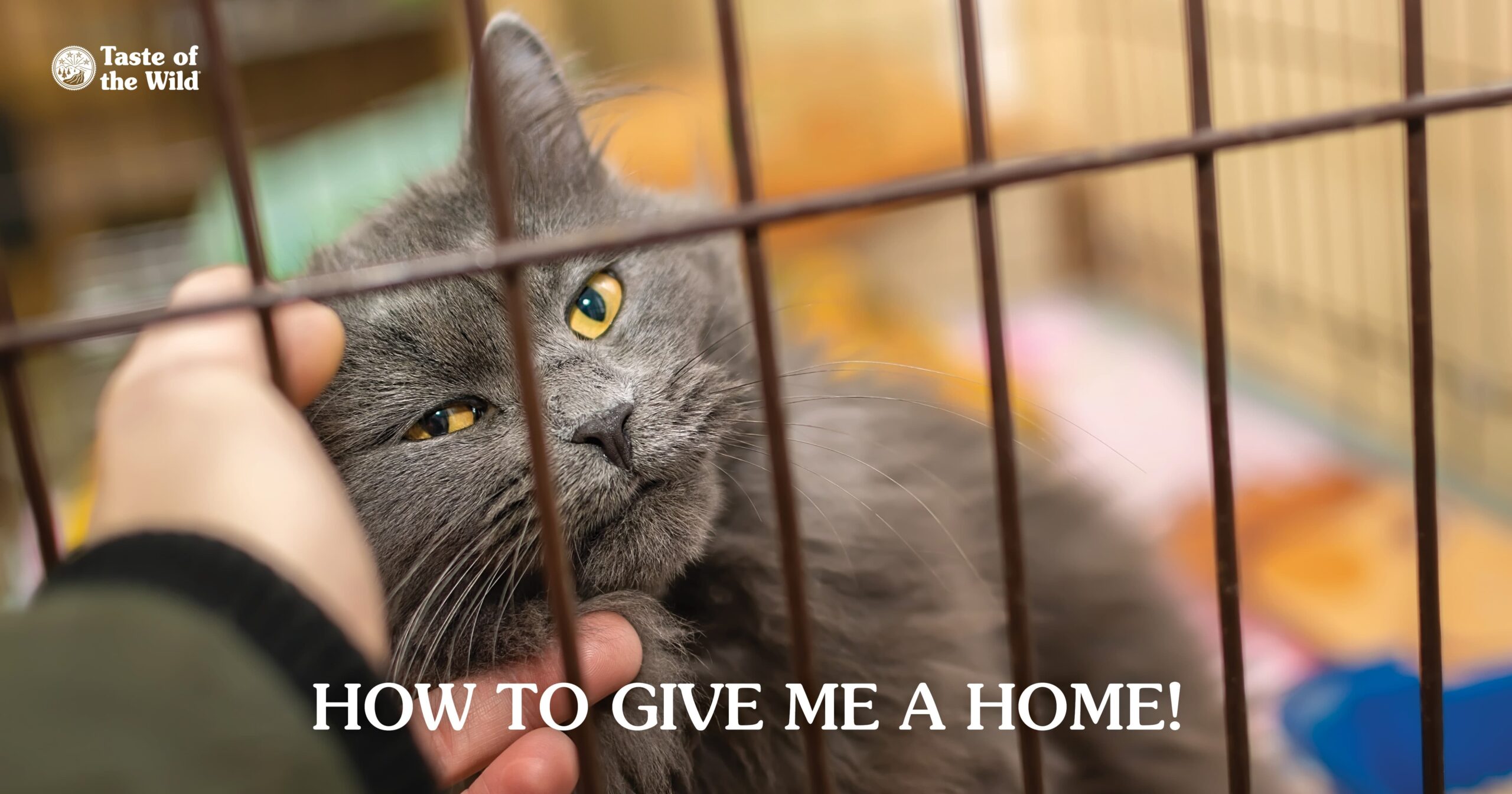Considering Greyhound Adoption? Here’s What You Should Know
Thursday, April 13, 2017 | Adoption

From their long, lanky legs and lean chest to their tucked-up waist and powerful thighs, the greyhound is built for speed. As the fastest breed of dog, the greyhound can be seen tearing up race tracks across the country. But what happens when their athletic career is over?
You’ll find that retired greyhounds can make surprisingly docile and affectionate pets. So if you’ve ever contemplated dog rescue, there’s no better time to consider this breed: April is National Greyhound Adoption Month.
Because most of the available dogs come from a racing background, greyhound rescue presents some different considerations than typical dog adoption. But it’s not as daunting as you might think! Here’s what you need to know.
They Require Less Exercise Than You Think
Although greyhounds have been clocked at up to 43 miles per hour — faster than Usain Bolt — they typically only race for about 30 seconds every few days. The rest of the time, they can be found power napping, which is why the breed earned the nickname of “the 40-mile-per-hour couch potato.” Most greyhounds are content with a short leash walk once or twice a day.
They Make Great Apartment Dogs
You don’t need a big house to take in a greyhound. They have a cat-like ability to curl up in small spaces. And they’re not big barkers, so their quiet demeanor is conducive to good relationships with your neighbors.
They Tend to Be Pack Animals
Racing greyhounds have been around other greyhounds since birth, so they’re used to the constant companionship of other dogs. If your dog will be the only canine in the household, it’s understandable that it may take a little adjustment. Or it may be a good reason to adopt two dogs instead of one.
While most racing dogs have been well socialized around adults and sometimes children, they may not have been exposed to other dog breeds. So if you have another dog, it’s a good idea to make a gradual introduction in a neutral space, such as in the yard or on a walk outdoors.
They Get Cold Easily
There’s not much fat (or hair) on those lean, aerodynamic bodies. That makes it easy for greyhounds to become chilled. Help keep them warm with a thick foam bed lined with warm blankets and a dog jacket tailored to the deep-chested breed.
They Like the Thrill of the Chase
Many greyhounds have been trained to chase lures. So if they haven’t been raised around cats, their instincts may kick in when your cat darts through the room. In these cases, consider keeping the dog on a leash and using a basket muzzle while you gradually introduce them to your cat.
As sight hounds, it’s easy for greyhounds to spot a squirrel a few yards away and take off running. This instinct can be strong, so they should always be kept on a leash or in a fenced-in yard when outdoors.
They’re Often Not Used to Living in a Home
Although track greyhounds are comfortable being around people, everything about living in a home can be a new experience for them. That includes vacuum cleaners, doorbells, slippery wooden floors, carpeting, stairs, playing fetch, loud children and possibly riding in a car. They may not understand the concept of picture windows, so taping an “X” across the window may help them understand there’s a barrier there, and help prevent them from leaping through it.
By introducing these sounds and experiences to your dog gradually, you’ll find that most greyhounds can adapt well over time.
Some greyhounds may also need to be housetrained. But they’re generally used to being crated and to being on a schedule. You can start with the dog in a crate and give them regular potty breaks until they get the idea.
They Can Probably Get By with Fewer Calories
Most ex-racers can be fed a high-quality diet, but they typically need fewer calories than when they were on the track. The greyhound rescue or your veterinarian can provide you with guidance on proper pet nutrition. That said, some greyhounds might bolt their food down quickly, so you may want to invest in special bowls created to help gulping dogs slow their eating.
Of course, every dog is an individual, so work with a greyhound rescue to find the one that’s perfect for your lifestyle. For more information and suggestions on how you can help promote greyhound adoption during April, check out the Greyhound Project.
The information in this blog has been developed with our veterinarian and is designed to help educate pet parents. If you have questions or concerns about your pet’s health or nutrition, please talk with your veterinarian.




